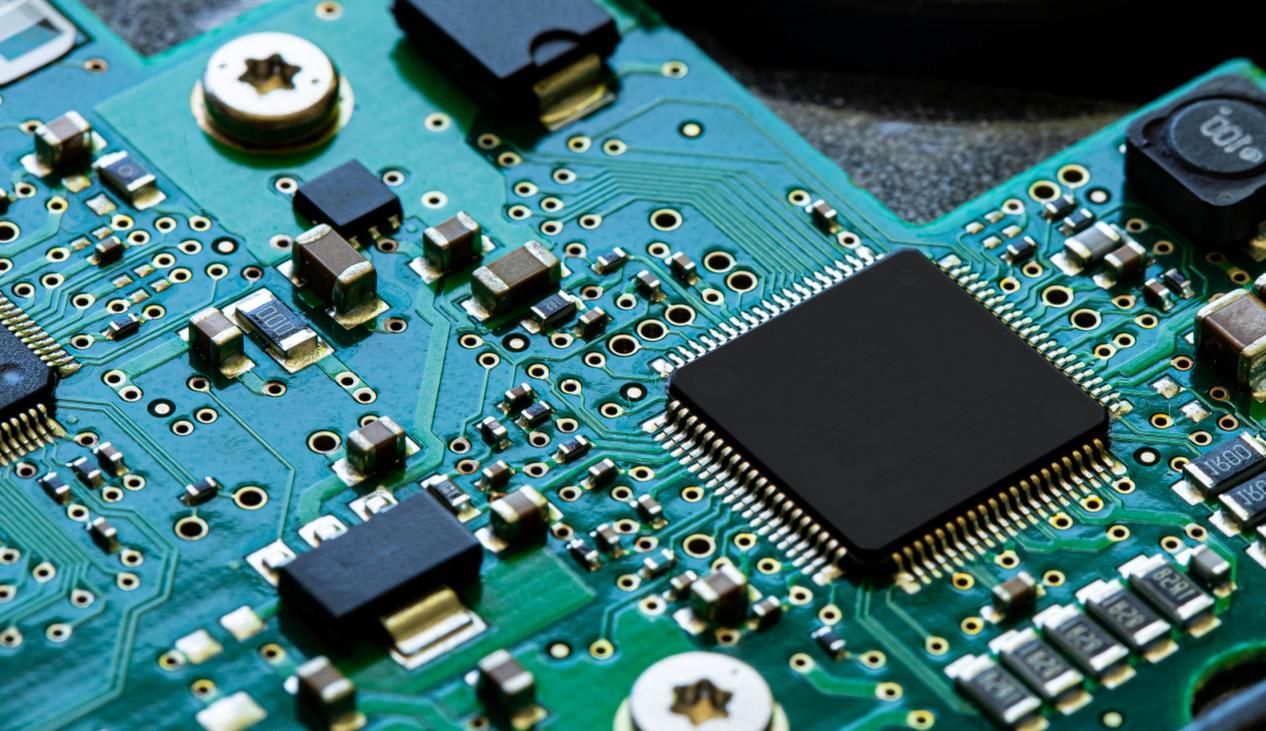
Chips, the core component in the field of electronics, are essentially silicon wafers containing integrated circuits. Despite their small size, they often serve as the key part in computers or other electronic devices. Silicon wafers, finely divided from wafers, contain high-tech wisdom and power.
In electronic devices, chips play a crucial role. They are not only the core for computation, task processing, and memory control but also the indispensable soul of various smart electronic products. Everyday electronic devices, such as computers, phones, and televisions, all rely on the powerful support of chips.
Taking computers as an example, the CPU (Central Processing Unit), as the core component, is responsible for interpreting instructions and processing data. It is key to a computer’s performance. While enjoying the convenience brought by computers, we often overlook the silent efforts of the CPU behind the scenes. Similarly, the speed of a phone’s operation is closely related to the CPU, and in pursuit of faster performance, many people choose to regularly replace their phones.
Additionally, the type of chip is an important factor influencing its performance. Traditional chips, such as CPUs, GPUs, graphics card pcb, DSPs, and FPGAs, as well as smart chips like general-purpose smart chips and specialized ASICs, each have their own characteristics and advantages. Understanding these different types of chips can help us make better choices and applications.
The CPU, as the core of the computer, is responsible for issuing commands and directing the work of other components. However, even a fully assembled computer cannot function directly without installing an operating system and various driver software. These software programs work in coordination with the CPU, enabling it to effectively perform control functions and assign tasks such as display, playback, and printing to the respective devices like monitors, speakers, and printers.
The DSP (Digital Signal Processor) is a technology widely applied in various electronic devices. DSP chips can implement this technology through an internal Harvard architecture, equipped with a dedicated hardware multiplier, and use pipeline operations to provide specialized DSP instructions, allowing rapid implementation of various digital signal processing algorithms.
The FPGA (Field-Programmable Gate Array) is developed from programmable devices like PAL, GAL, and CPLD. As a semi-custom circuit, it solves the limitations of custom circuits and overcomes the previous shortcoming of programmable devices, which had a limited number of gate circuits.
The Working Principle of Chips
The operation of chips mainly relies on the circuits created on the surface of semiconductor chips for efficient computation and data processing. A chip is essentially an integrated circuit that contains many transistors. The number of transistors varies depending on the chip, ranging from millions to as few as dozens or hundreds. Each transistor has two states: on and off, represented by 1 and 0. Through the collaborative function of multiple transistors, a series of 1s and 0s are generated. These signals are assigned specific functions, such as instructions and data, enabling effective representation and processing of letters, numbers, colors, and graphics. Once the chip is powered on, it first sends out a startup instruction to activate the chip, and then continuously receives new instructions and data to complete its preset functions.
In fact, the chip’s connection to the outside world relies solely on pins, which have two core functions: one is input, used to monitor external states, such as external interrupts and serial port reception; the other is output, used to control external devices, such as serial port output. The core of the chip lies in the kernel, which is the wafer, a silicon chip that has undergone special processing. On this wafer, grooves are etched and media are filled to form tens of millions of transistors or even more. These transistors can switch between cutoff, amplification, and saturation regions, thus realizing logical gates such as AND, OR, and NOT. Further, the combination of logical gates and registers can construct basic circuits like adders and flip-flops. The combination of these basic circuits forms the specialized circuits of the chip.
Write and Win: Participate in Creative writing Contest & International Essay Contest and win fabulous prizes.


